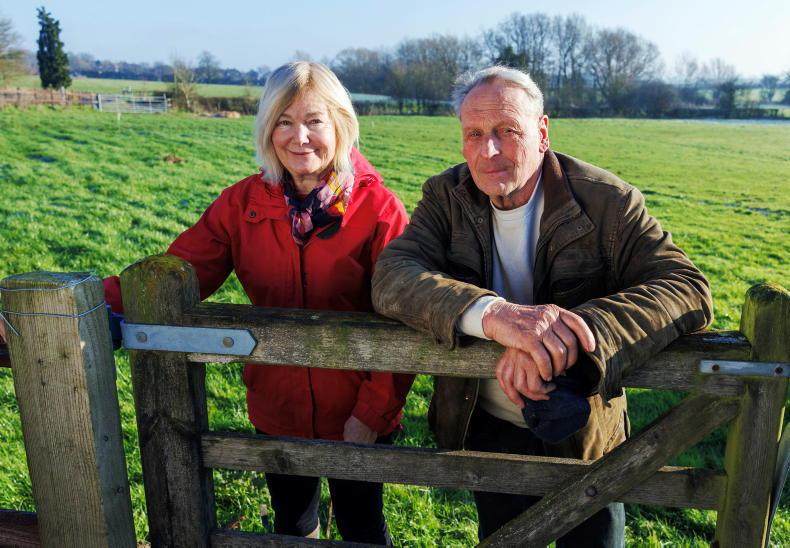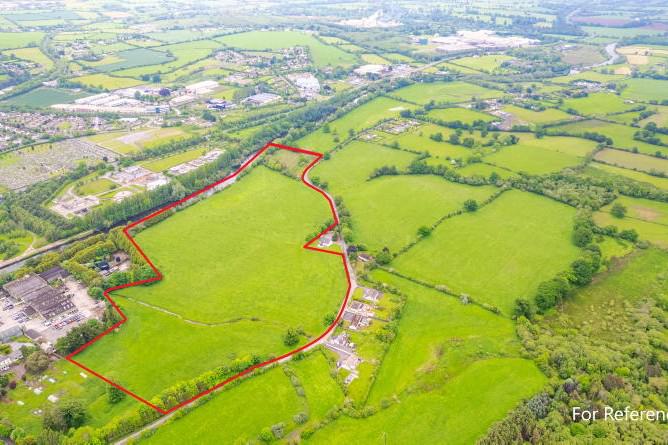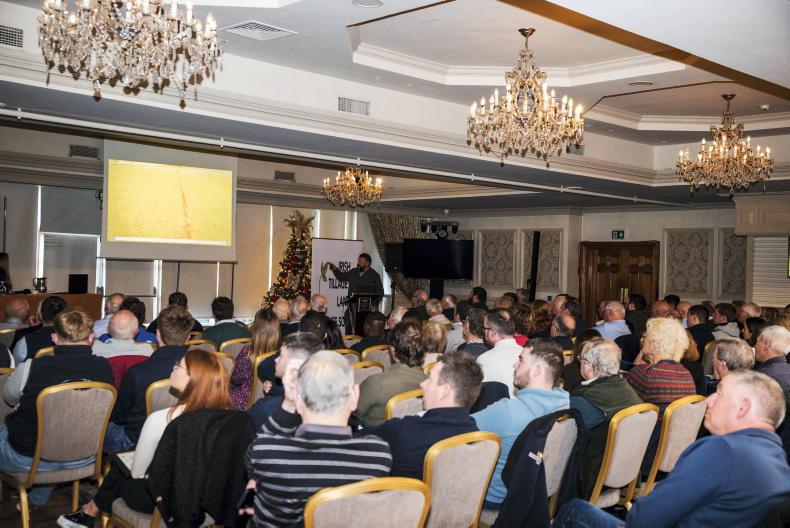Flahavan’s purchases approximately 25,000t of grain each year from approximately 10,000ha of Irish land.
It’s an example of a business which can provide Irish tillage farmers with a premium market for their grain, helping to sustain the low carbon footprint sector, producing fully Irish food products and providing an example of a sustainable business supporting Irish farmers.
Founded 237 years ago, Flahavan’s is Ireland’s oldest privately owned family-run food business and has grown to become internationally recognised for its range of oat-based products.
Around 15,000t of conventional oats, harvested within 60 miles of the mill, and approximately 9,000-10,000t of organic oats from across the country are processed each year at the plant in Kilmacthomas, Co Waterford.
Employing local people and run by four members of the Flahavan family, there is a great sense of pride about the place. As you travel under the old railway bridge in Kilmacthomas, you see the E Flahavan’s sign, a nod to the past in a business that is ever evolving to secure its future.
Innovation
Innovation is not short. Porridge is no longer just porridge. There are organic options, immunity-boosting products, added fibre and other innovations to broaden the appeal of oats as a functional health food.
The company has also invested in a bakery on-site for granola and flapjacks and has even made inroads on the competitive oat drink market, all of which is made using Irish oats.
Flahavan’s traditionally had to go further afield in sourcing its organic oats due to supply limitations. However, 2021 marked the first year the company could source its entire annual requirement of organic oats from within the Irish market.
Its success in the organic market is a testament to its innovation. Long before organics became a fashionable topic, Flahavan’s was building a market and most likely encouraged countless farmers into organics with a guaranteed market for their product. Flahavan’s is now the number one selling organic porridge in Ireland and the UK.
In the 1980s, the company began to burn the husk of the oats – a byproduct of the milling process, to generate heat.
This is the famous furnace you might remember from the TV ad, but the Flahavans themselves did not take the same approach as that ad, which suggests that the secrets of this great brand are kept under wraps.
On arrival, John Flahavan greeted us, with his children James, Annie and Johnny soon joining him. James led us on a tour of the site and mill, where he guided us through every detail, leaving no stone unturned – from the weighbridge to the grain stores, steaming, rolling and bagging, up and down the famous spiral staircases and out to the wind and water turbines.
Process
The company takes in all of its grain requirements at harvest time and dries and stores it on site, giving it total control over the product. After a thorough cleaning process, the oats enter the mill where they are slowly kilned and, as the Flahavans explain, this helps to develop the flavour.
The oats are then sorted by size and fed into the oat sheller, which cracks the husk off the grain without damaging the kernel. The mixture of kernel and hull is fed into a stream of air, which blows off dust and hull. The husks are sent to the biomass boiler.
The oat kernel, or groat, is polished and cut into pinhead oat meal, which is steamcooked at over 100°C before it is rolled into oat flakes. These flakes are then dried and cooled before packaging.
It sounds simple, but as we travelled through the mill, it was clear that it is anything but. A host of machines need to be kept running.
There is quality control along the way and as you enter the packing room, you realise just how many products the company produces, not even including the bakery’s selection. Tins for the US are being filled and bags for the UK.
Energy
The company has invested heavily in renewable energy technology to maximise self-generation. Like many food processors, the plant requires a relatively large amount of energy.
But through various investments over the years, it is able to generate 70% of the company’s total energy requirements itself. Around 50% of the plant’s electricity requirement is self-generated, while the remainder is sourced from renewable suppliers.
As a result, it has reduced the company’s carbon footprint from 3,000t CO2 to 900t CO2 over the past decade, a reduction of around 70%.
Wind and solar
In 2015, the company installed a 500kW wind turbine on land close to the site, which is slightly higher and captures more wind.
Planning permission was originally approved as far back as 2010. The turbine generates over 1.4m kWh of electricity per year, roughly half of the plant’s total requirements. However, as the plant doesn’t run 24 hours a day, around 20-30% of the electricity is exported back to the grid.
Flahavan’s installed a 130kW solar PV system mounted on rooftops in 2020. The system makes efficient use of rooftop space and peak daily generation is well matched with peak loads.
However, dust from the dryers and intake yard can prove problematic during the harvest and the panels need to be cleaned periodically.
Water turbine
Like all mills in the past, water was the main source of power. Today, electricity is still generated from the original millstream alongside the Flahavan’s mill on the River Mahon.
The mill stream powers a water turbine which was purchased in 1935, but with a modern generator and controls fitted to it so that it can provide electricity back into the plant.
The mill stream contributes about 3% of its electricity requirements. However, seasonal flow and generation varies depending on the time of year and rainfall levels.
Biomass boiler
Since the 1980s, Flahavan’s has famously been re-using most of the husks from the milling process to generate heat. In total, around 960t of oat husks are used annually to fuel its boiler, which in turn generates steam for the oat cooking process and heats the building.
The boiler and husks provide all the steam and heat required by the mill, which is the equivalent in fuel of 360,000l of diesel. The ash left over from the process is spread on the land as a soil conditioner.
Substantial amounts of heat are still required for the grain dryer and on-site bakery, however, which for now is met with LPG. However, as green gas comes on stream in the coming years, this process will also likely be carbon neutral.
Water and waste
Flahavan’s has also focused heavily on water supply and end use. As well as having its own supply of water on-site, the company recently developed an integrated wetlands area.
The wetlands consist of a waste-water reed bed system to naturally process any effluents and wash water from the mill and bakery before releasing clean water back into the environment.
Furthermore, across the operation, the company has reduced its total waste by 60% and reduced waste to landfill by 87% since 2012. It is currently in the process of moving all of its bagged porridge products to recyclable paper bags, with the overall objective of moving more than 80% of its product range in the Irish market to recyclable materials by the end of 2022.





















SHARING OPTIONS